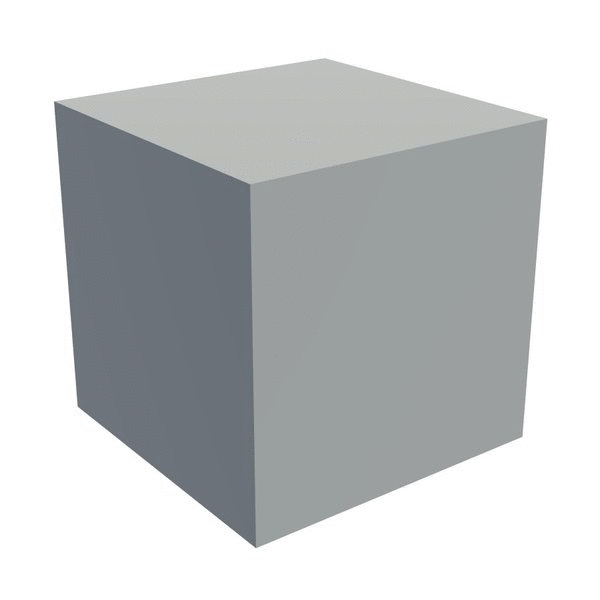
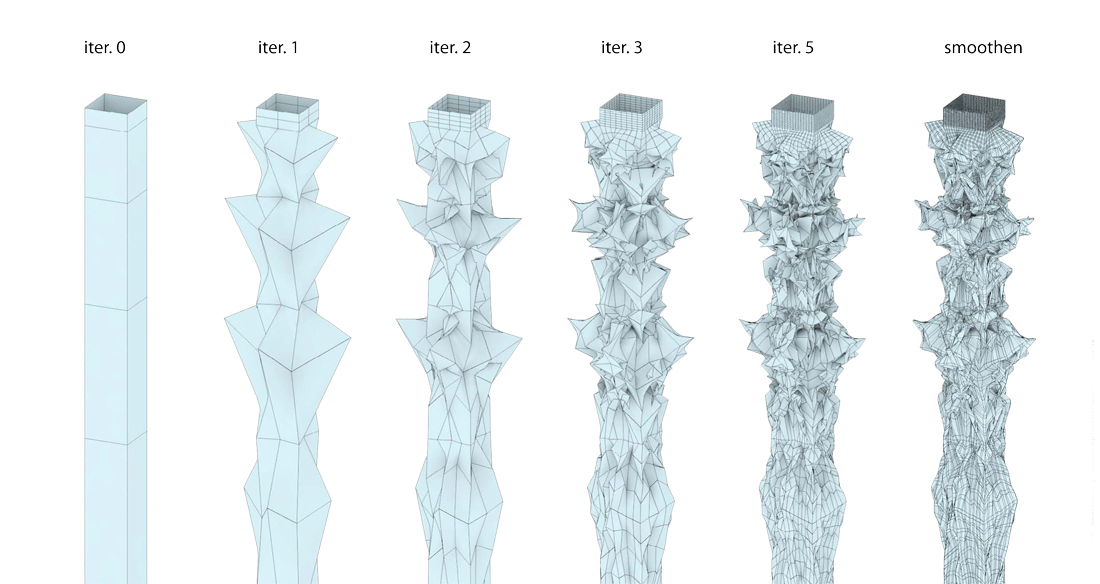


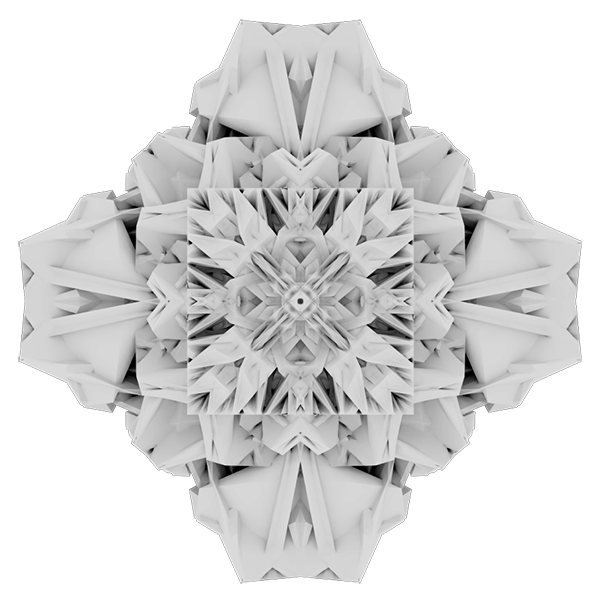
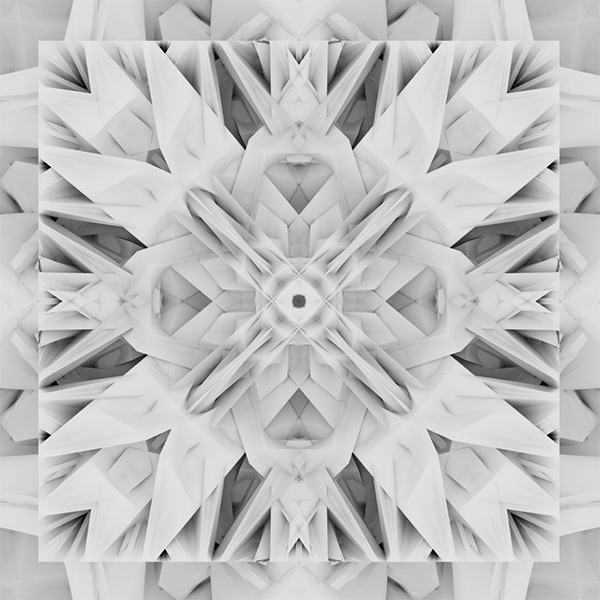
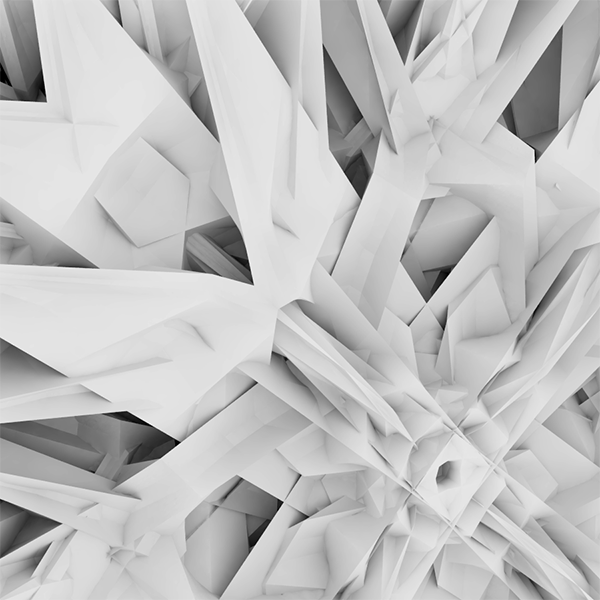
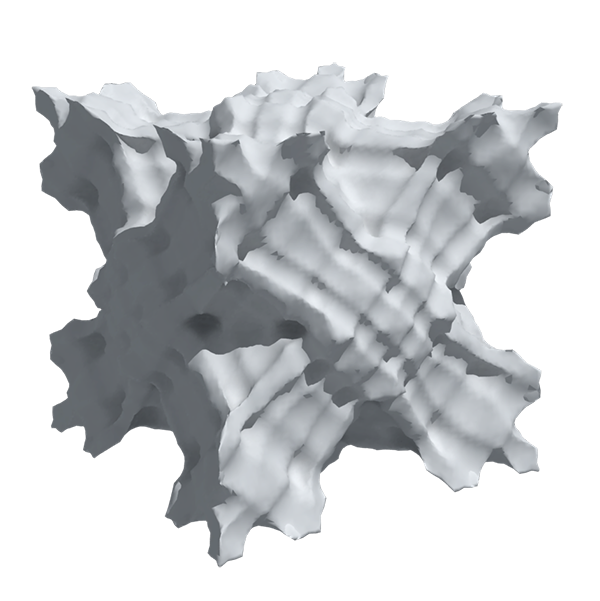
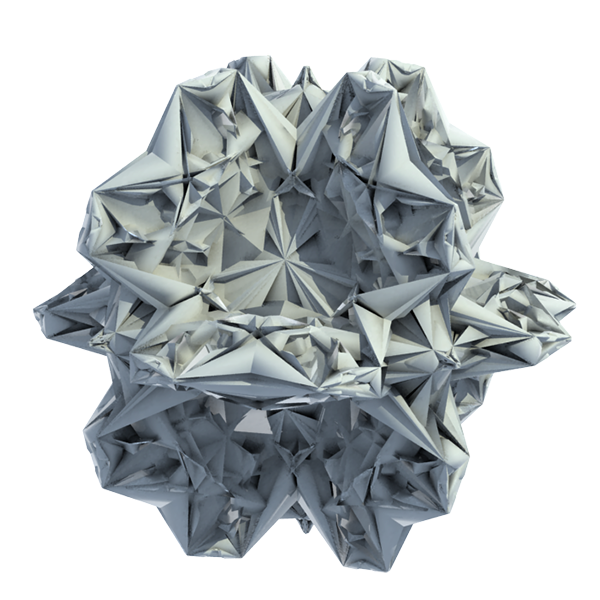
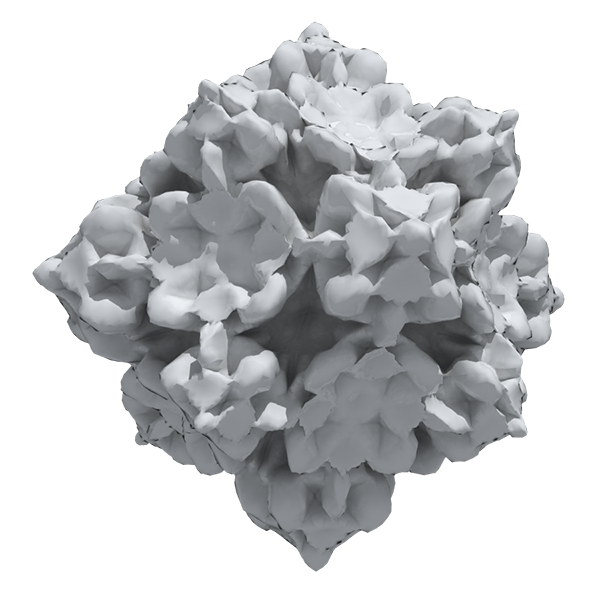
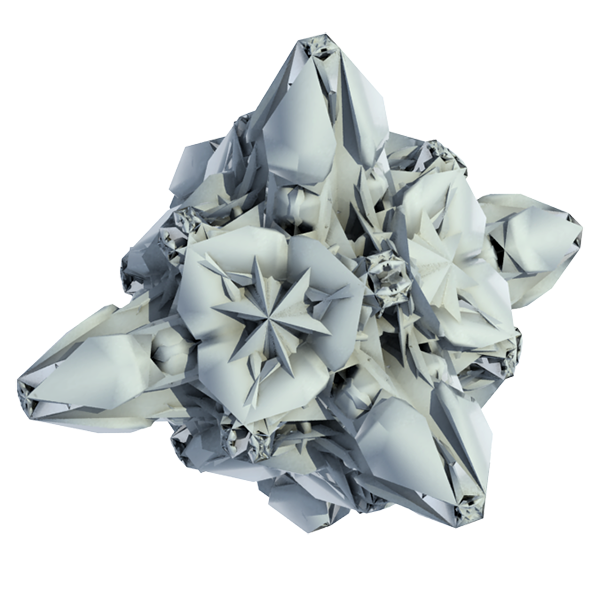
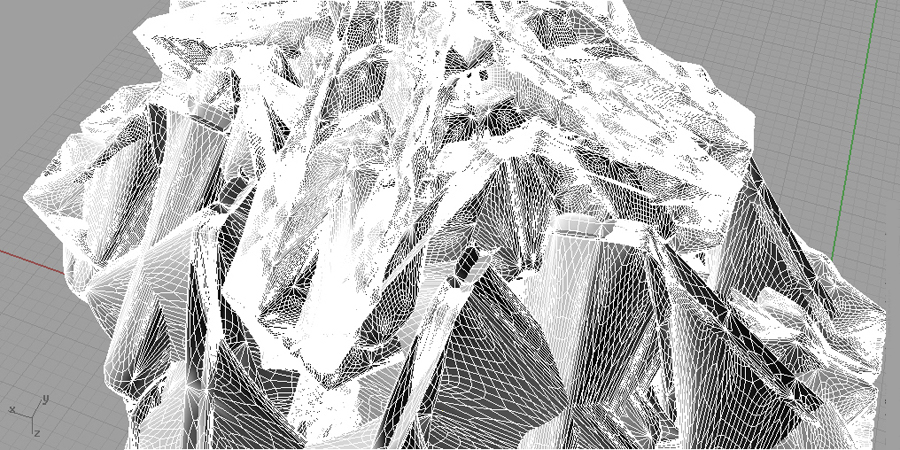
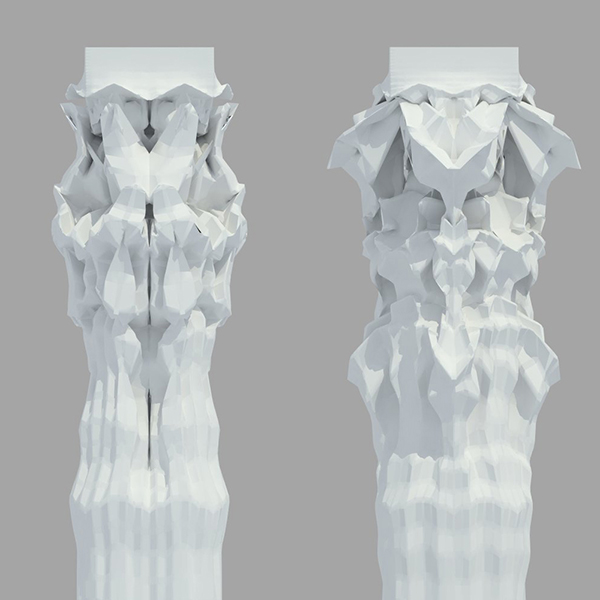





Fractal patterns. The return of the decoration
In terms of architectural history the one of the most crucial 20th century fact is the renouncement of decoration. The rich history of ornamental craftsmanship in architecture has been interrupted. I don't want to discuss about the reason of the happening because there are a lot of books devoted to this topic, started with assay "Ornament and the crime" (1908). Adolf Loos wrote:
"The modern man who holds ornament sacred as a sign of superabundance of past ages will immediately recognize the tortured, strained and morbid quality of modern ornaments. No ornament can any longer be made today by anyone who lives on our cultural level"
Our cultural level has changed. I dare to say that after more that 100 years of absence the ornamental craftsmanship in architecture is doomed to be returned. And that is already happening. At this moment I should mention that I don't mean conventional ornamental art. I don't mean Classical decoration. I'm telling about the decoration of totally new formation.
"It is about using latest technological potential to proceed the natural process of ornament history in architecture. For instance it could be generative software and 3d printing in real scale."
Today predominate industrial patterns in architecture instead of classical lush fretwork. Brickwork, masonry, tiling, pattern of seams and joints acting as an alternative to ornament. But industrial patterns are unable to posses the qualities of attraction in such a high level as classical ones. Modern tiling patterns provides aesthetics of completely another kind with its pro's and contra's. This aesthetics can never substitute an old ornament with certain qualities that I've listed.
In my opinion these are 3 qualities inherent to the classical facade and missing in the modern industrial patterns:
1.High density of detailing. Can be measured with amount of work pro one square meter od surface.
2. The depth of facade. 3d development in space. The richness of light and shade.
3. Uniqueness of elements
The background for appearance of the new, rethought decoration with all the listed qualities is already established. Today, instead of manual design we have computational design with new horizons of possibilities. Designer is able to create not only the product, but the algorithm of product creation. In a field of fabrication instead of manual work and craftsmanship there are automatic technologies, 3d printing for example. Time by time there ate less technological restrictions capable to hinder the authors fantasy. In my opinion the fast development of computational design was partly challenged by demand to refill forgotten ornamentation art. All this fancy "parametric" shapes are similar in it's nature with the baroque decoration of old times.
The aim of the project is a sort of manifest to return decoration and ornamentation in architecture. I have to emphasize it again I don't mean the recreating and simulating the classic patterns. I'm about using latest technological potential to proceed the natural process of ornament history in architecture. It could be for instance generative software tech and 3d printing in real scale.
The most successful researcher in the field of rethought decoration using computational tools is Michael Hansmayer, professor at ETH Zurich. Inspired of his work I tried to experiment within the study in the same direction. Technically this work can be described as tessellation experiments. The process is very simple. It is based on iteractions which have 2 steps:
1.Subdivision of initial surface
2.Modification subdivided surfaces
Then each subdivided surface will be divided and modified again and again until the computer crashes.)
The result of design process of the appropriate shape based of this method differs from conventional methods by the unpredictable results. Michael Hansmayer calls that "unimaginable architecture". To design without any imagination of result is petty strange exersize that I might call a blind research. This is endless assortment procedure of the parameters and calculation launching unless you got a satisfying shape. The process specific also includes more than 90 percent of research result is unsatisfied and drops out.
After the abstract experiments I slowly approached the architectural elements - wall, column, chapiter, frieze. I was obliged to catalogue of generated elements on purpose to navigate in my search. At the last stage I selected the geometry in the way it could be associated with the achievements of former epochs. The development of the research you can find here: House of three religions.
